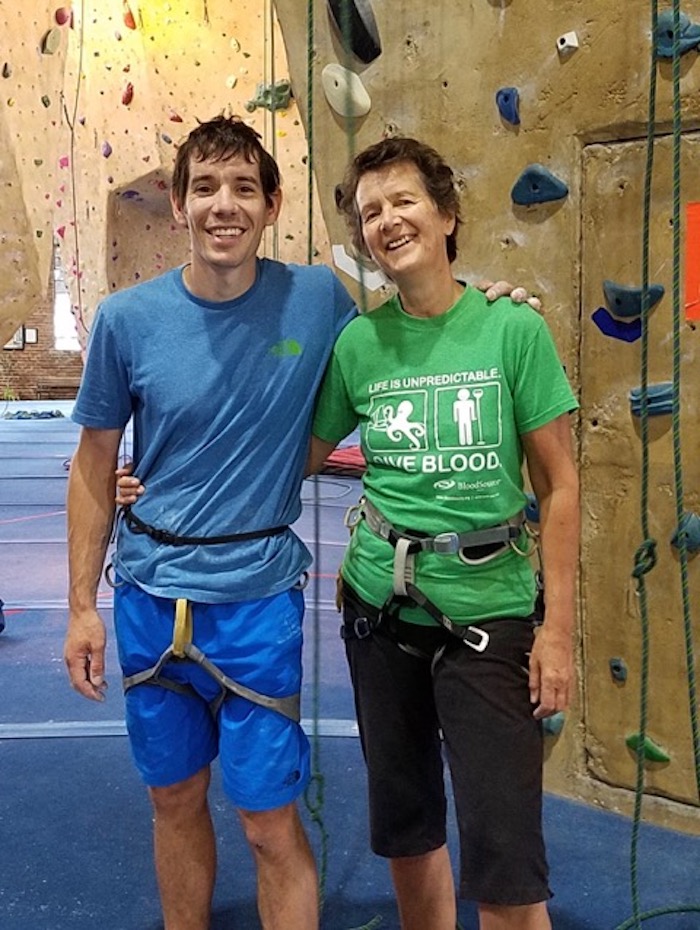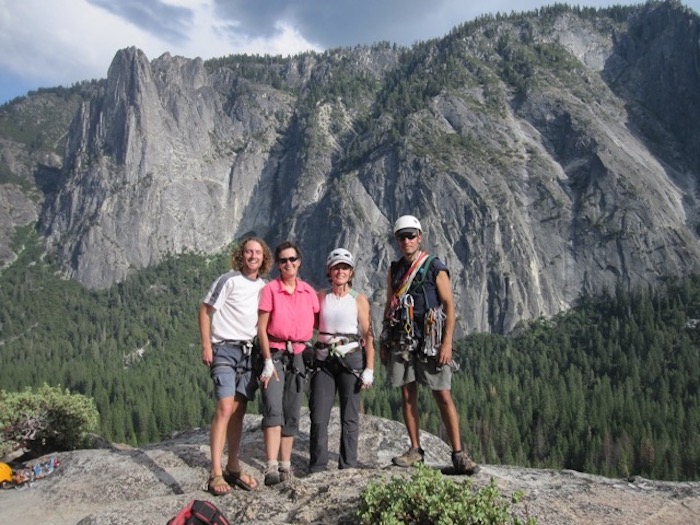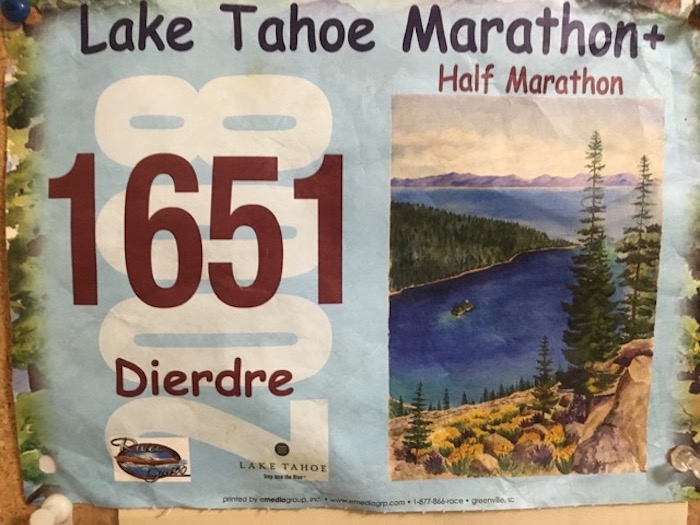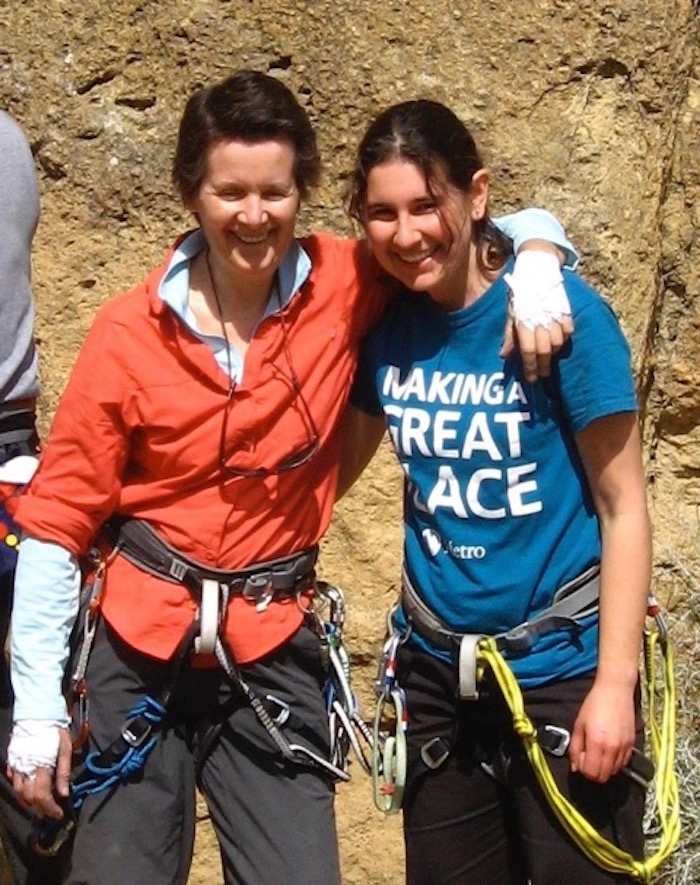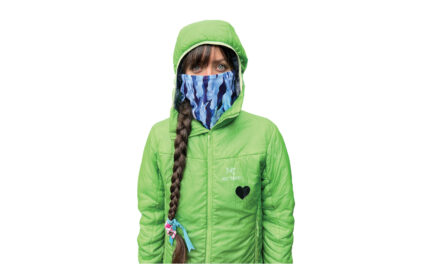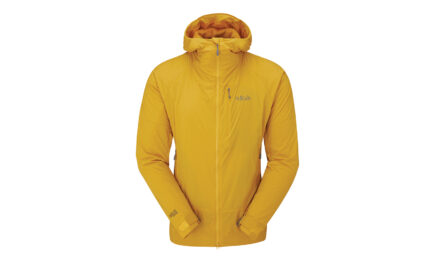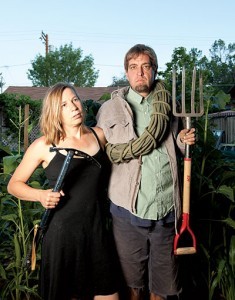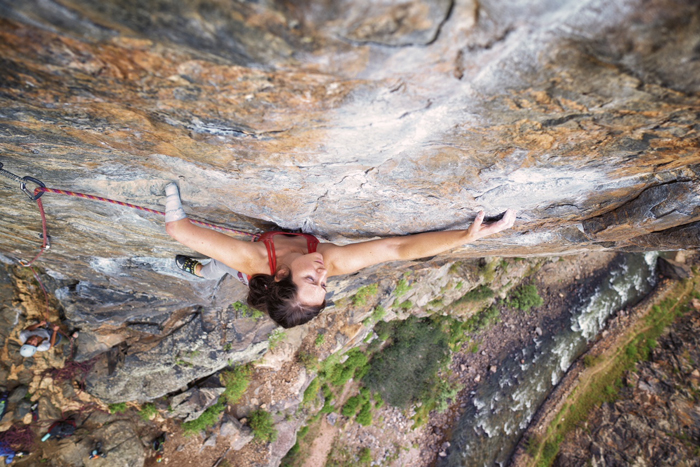- Climbing at Any Age - 09/19/2023
- Raising Conservation Kids - 10/20/2020
- Berkeley to Everest & Backin 14 Days - 01/27/2020
Whatever you long for or dream about is within your reach – if you can extend your mental or emotional grasp to include it
by Dierdre Wolownick
The first time I found myself hanging forty feet above the floor in a climbing gym, I never imagined that such an unlikely position would become a regular part of my life. Or that it would lead to a personal transformation.
I was 58, and life had battered me to the point where I was more than ready for a big change. The kid at the other end of the rope, my son Alex Honnold, would soon go on to become a household name. That day, he handed me a lifeline.
As Alex lowered me I had a sudden realization: I had loved to climb when I was a kid, but I was a girl. I was supposed to wear dresses and behave myself. So — ever the dutiful, obedient little girl — I’d stayed on the ground and watched the boys have all the fun. More than 50 years later, I finally found the courage to seek out the freedom I’d longed for as a child.
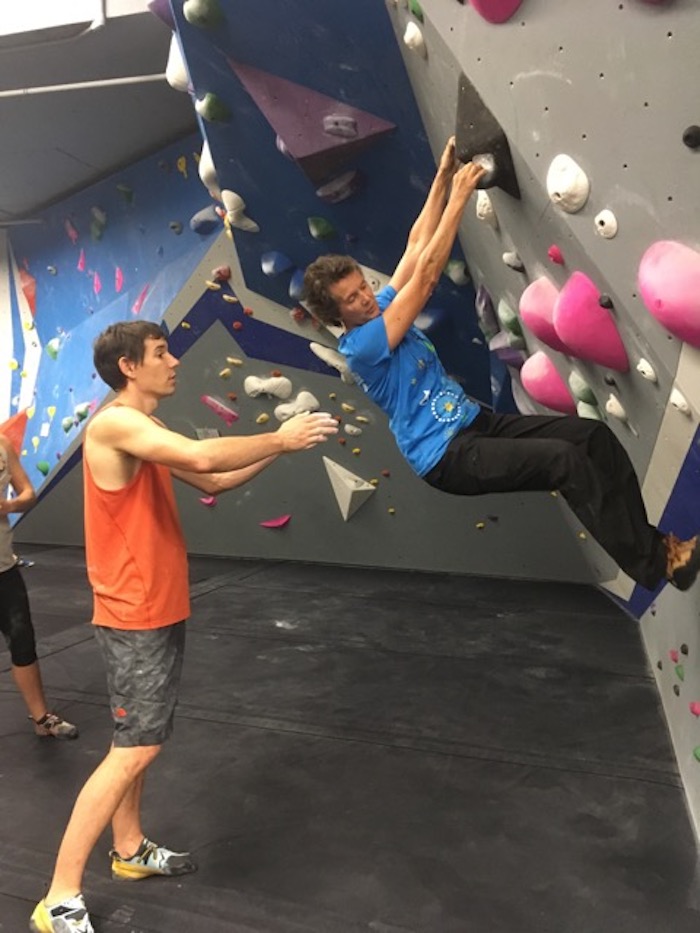
Bouldering in Long Island City, the week of the New York City premiere of “Free Solo.”
Photo: Alex Lowther
It wasn’t an easy choice. First, life had to beat me down; make me desperate enough to long for freedom. Imagine working seven days a week, from rolling out of bed until falling back in, for years. Imagine pushing grief and mourning into the background, hoping that by always being there for your kids, you can soften the blow of the loss of the other parent. My husband Charles had died suddenly just a few years before, but he had already distanced himself from our marriage a long time before that.
At first, I embraced my daughter’s solution. Running seemed to keep Stasia whole and stable. Maybe it could do the same for me? Soon I was participating in running events. Starting small at first, my thirst for freedom grew and grew. Eventually I was training for half-marathons and starting to think about doing a full-distance marathon.
Fast Forward. By the time I’d done several marathons, I figured I was enough of an athlete to begin to understand what Alex was up to when he left the house on expeditions. My mind had, until this point, protected me from fully understanding all those articles and videos. I knew some of the words, but jargon like “free solo” didn’t fully register.
Each time Alex came home and talked excitedly about his expeditions, I tried to understand. I wanted to be part of his life. So I asked him to take me to the climbing gym and teach me some basics, like how to tie in, or what some of the terms meant. Then he left again.
It took me a month to find the courage to go back to the climbing gym by myself. My interest in climbing was real, but self-doubt held me back. I didn’t know anyone there, I couldn’t figure out the rental harness, I didn’t have any gear — and I was 58. I knew practically nothing about climbing. Still, the door to adventure had been opened, and beckoned; I needed to walk through.
But climbing is different than anything else I had tried. In most sports, if you need help, or need to stop, you can stand up and walk away. Float back to shore. Walk off the ski slope. You may get booed, or kicked off the team, but you won’t die. Gravity, though, isn’t that forgiving. Choosing to climb would require a huge leap of faith. I took that leap.
Fast Forward. I was going to the climbing gym on a regular basis, and climbing outside with a group of climber friends from the gym. Little by little, I began to realize that the most rewarding part of climbing was the close friendships I was forming with other climbers. I went from living with my late husband who didn’t want a single friend, to living alone but with dozens of friends of all ages. But it’s not just any breathing human being you want at the other end of your rope; you need someone you can depend on to give a safe belay. Someone who’s got your back. Your climbing partner is your lifeline, the one you’ll count on to save your life if shit happens. And it does. Life had certainly taught me that.
These new people in my life, my climbing tribe, freed me from a decade of solitary, non-stop work, and from the desolation of a failed marriage that had tainted so many of California’s most beautiful places for me. Now, with my new friends, the amazing beauty of those places shone through, unspoiled by miserable memories.
But climbing is inherently dangerous. Your belay partner cannot just be along for the ride. One momentary lapse in attention can have drastic consequences. Being a climber requires willingness; your partner has to buy into the risks fully and whole-heartedly. All of mine did.
The first few years after I started climbing, each time I asked Alex whether he thought I could do a particular climb with him, his answer was always the same: “Sure.” It took me years to realize what this one little word really meant: If I really wanted it, I would learn what I needed to know, and I’d do it.
I have no formal training as a musician. But when I decided I wanted to create and conduct an orchestra, I let my lifelong dream guide me. I learned what I needed to know, and believed I could. The West Sacramento Community Orchestra stands as the legacy of that dream, of all the hard work, and the concept Alex knew from the beginning: If you want to do something badly enough, you can.
This is what I’ve learned from my two kids, Stasia the runner and Alex the climber: anyone can do anything. You just need to want it badly enough.
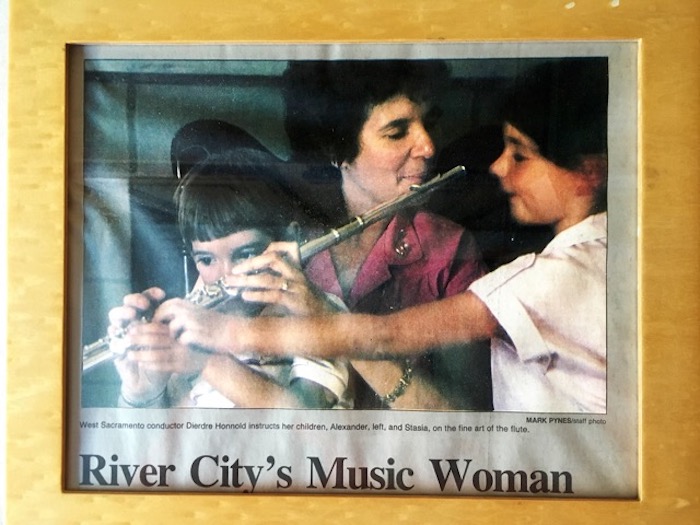
One of the articles that appeared in the Sacramento newspapers in 1990, while I was organizing the soon-to-be West Sacramento Community Orchestra —Mom the Founder and Conductor, with my favorite music lovers, Stasia and Alex.
Sidebar: (My First 10K)
Thanksgiving morning. I put on my jeans, T-shirt, flannel shirt, big white sneakers. I woke Alex, who had had just arrived from Europe at midnight, and off we went to my very first road race. Alex ran alongside me, and told me about his competition in Spain. I couldn’t imagine how he could breathe enough to talk while running! He entertained me with anecdotes as he ran backwards in front of me, in circles around me. He was my single focus. When I needed to stop, he stopped with me, carried my sweaty shirt, told me more stories.
When we passed halfway, I still didn’t think I’d finish. My throat hurt from trying to suck in air. Blisters were forming on my bunion; I had a jagged pain in my knee. The waistband of my jeans was digging into me. My sunglasses kept sliding down my nose. This was not fun.
Somewhere between mile four and five, something changed. I was still following Alex’s voice, still gasping for air, but suddenly, with a clarity I’d never felt before, I knew I’d make it to the end. When I saw the Finish sign a few blocks ahead, I realized my life had just taken a major turn. I had no idea where it would lead, but I knew there was no going back. An overwhelming feeling of power gripped me, and tears streamed down my cheeks. That day, at age 55, I became a runner.
AUTHOR BIO:
Dierdre is the author of several award-winning books and has written for magazines around the world. (After a lifetime of teaching foreign languages, she retired to focus on writing.) Her memoir, The Sharp End of Life, was published by Mountaineers Books in May, 2019. You can follow her at: https://www.facebook.com/DierdreWolownick/, or at @dierdrewolownick, and you can read her blog at dierdrew.us.

